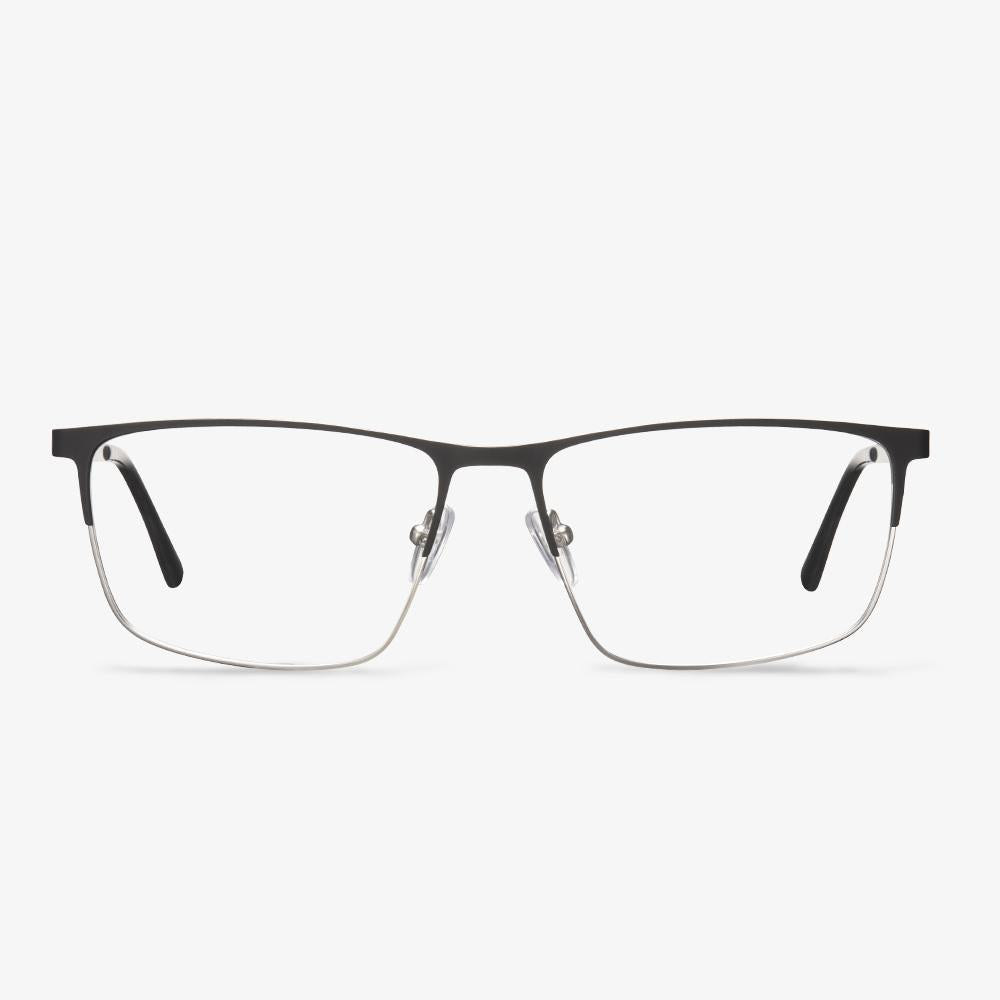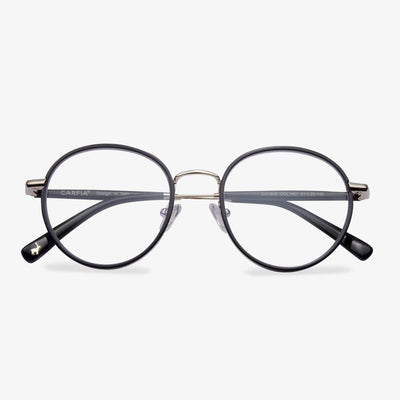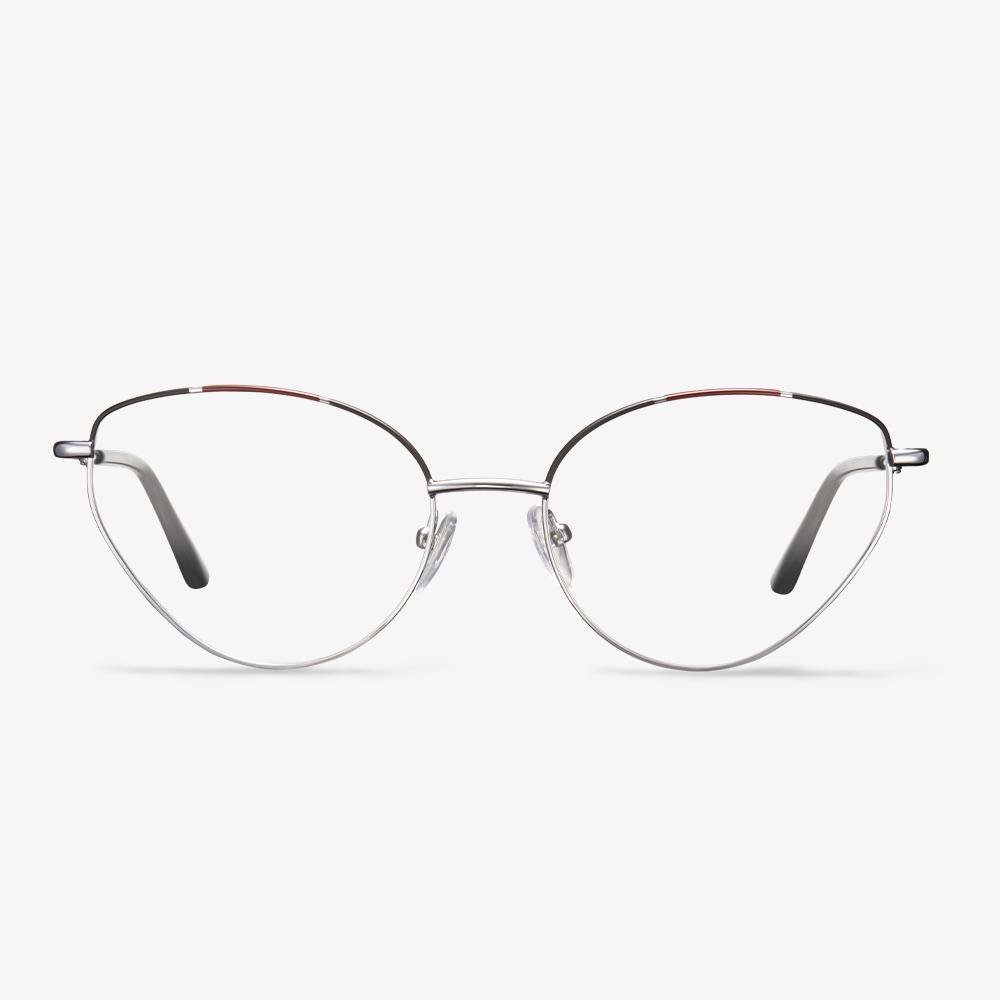Transition Lenses Problems
Here, we will show you some common transition lenses problems.
Transition lenses are typically embedded with photo-sensitive chemicals or coated with similar films that produce the shading effect when exposed to light. This process makes the lens more expensive to manufacture and focuses on prescription glasses, thus raising the transition glasses cost. The transition lenses cost may be twice of the regular glasses lenses.
When you are driving with the transition glasses, they will fail to work. Car windshields typically come standard with anti-glare effects or films and laminates that break up some of the direct sunlight that enters the vehicle. This will reduce the transition lens effects, causing them to register a non-lit condition when the direct sunlight can actually be very bright.
Uvex Stealth OTG Safety Goggles
They provide more protection and coverage than other prescription safety glasses. Due to the full seal around the eye, these OTG safety goggles prevent chemical splashes, and bumps, and scratches, making them wonderful general-purpose safety goggles to wear over your prescription glasses. Dura-Streme's scratch-resistant coating helps keep the lenses crystal clear, which is especially important when wearing the underlying glasses.
What are night driving glasses?
Night driving glasses, also known as night vision goggles, are available in many optical shops or online shops. The color of the lenses ranges from pale yellow to amber, and some night driving glasses also have anti-reflective coatings.
Night driving glasses reduce glare by scattering and filtering blue light. Blue light is the light with the shortest wavelength in the spectrum and is more likely to cause glare when it enters the eyes. Night driving glasses are usually non-prescription glasses with yellow lenses. They usually add some kind of anti-reflective coating to eliminate reflections from street lights and oncoming headlights, which can cause glare.
These yellow night driving glasses have been manufactured and sold for decades. It was originally sold to hunters as shooting glasses. Because in cloudy or overcast conditions, they can make the contrast between the birds and the sky more vivid.
What is the cheapest way to buy prescription glasses?
The choice of frames is not only good-looking but also has a lot to do with whether the polished glasses can be worn correctly. Therefore, special attention should be paid to the selection of spectacle frames, and the pupil distance and the optical center of the spectacle lens should be placed in a suitable position. It should also match the shape of the face so that the paired glasses are not only beautiful but also comfortable to wear. If you don’t choose a frame according to this, but choose anyone according to the general rules, the pupils will not match the optical center of the glasses, and the deflection center of the glasses will appear, causing the prism effect, which is very harmful to the eyes. How do choose a frame? Glasses are worn on the face after all, and they have a decorative effect, so you still have to see if they fit your face shape. In addition, the weight should be light and the frame size should be appropriate. It is best to measure the interpupillary distance, otherwise, it is easy to cause squint and cross-sight. It is safer for children to choose a plate frame with resin lenses. There is a wide range of options for adults. Glass lenses have higher hardness and are not easy to wear, while resin lenses have lower hardness but lightweight, good clarity, and higher protection against ultraviolet rays. Although crystals are expensive, they have high ultraviolet and infrared transmittance.
What Are Progressive Lenses?
Progressive lenses also called multifocal lenses, have three prescriptions in one pair of glasses, which allows you to see near, middle-distance, and far objects without changing your glasses.
The traditional glasses have telltale lines in the lenses, while the progressive lenses are an update on bifocal and trifocal lenses. Progressive lenses have a seamless look. Sometimes, they are called no-line bifocals. The more accurate name is no-line trifocals.
Progressive lenses are typically designed for people over 40 years old who are both nearsighted and farsighted. With the progressive lenses, there is no need for you to change the nearsightedness eyeglasses and the farsightedness eyeglasses constantly.
Bertoni polarized glasses
Bertoni polarized night vision driving glasses are made of strong, flexible, durable, and ultralight polycarbonate. Yellow polarization increases contrast, improves visual acuity, and filters out blue light. They are great for drivers, cyclists, and winter sports enthusiasts. The driving glasses with polarized yellow lenses block glare from headlights, reduce night driving glare, improve night vision, and improve color clarity and visual clarity. They are ideal for driving in low-light conditions. Most sports sunglasses glasses frames and goggles are made of polycarbonate because of their strong, thermoplastic, lightweight, and impact resistance features.
What kind of light is blue light?
Blue light is light of a certain wavelength. In the sunlight, including red light, orange light, yellow light, green light, blue light, indigo light, and purple light, blue light occupies a place. The wavelength of blue light is less than that of red light but greater than purple light. The energy intensity is also different, and the blue light is relatively less strong than red light. People must rely on the 'macula' to perceive light. The macula is a 'pearl' hidden in the fundus and the most important photosensitive part of the fundus. The macula can look at objects, generate electrical signals, and transmit the signals to the brain so that people can see the things in front of them clearly. Strong light shines directly on the eyes, and it is likely to cause damage to the macular structure at once.

















































